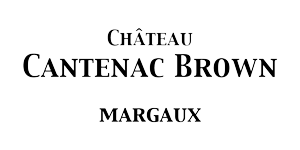The wine steward through time
The term sommelier or wine steward, comes from the Old Provencal word “saumalier”. Over the centuries, his missions have evolved. In the Middle Ages, the “sommelier” was the stable boy, “the pack animal driver”. Later on, the expression refers to a court official in charge with transportation of supplies.
Technically, the profession of wine steward already existed under the name of cupbearer, “échanson” in french. It was replaced in 1318 following an ordinance of King Philip V of France. Following this, he became the officer in charge of the service of drinks in the royal courts. At that time, the risk of poisoning was very high so the sommelier, chosen according to the trust he was given, was in charge of serving the wine and sometimes even tasting it in order to avoid the members of the court to ingest poison.
It is from 1812 that the sommelier designates the person in charge of the provision of the wine and the cellars.
Finally, it is in the XVIIIth century that the art of serving wine takes its full extent. This trend appeared with the opening of the first restaurants.
His missions
First of all, it is important to know that sommellerie is a profession that requires the mastery of a lot of wine knowledge. The main mission of the sommelier is the service of drinks in a restaurant, this includes :
- The presentation of the menu
- Advising the customer in the choice of his wine in order to propose the best combination between food and wine
- Serving wines at the right temperature
- The care of the glassware
- The choice of the glassware in accordance with the drink served
Second mission, no less important, he is in charge of selecting the wines to be put on the menu. To do this, he manages the cellar and looks for the best suppliers among winegrowers, merchants or wholesalers. Then, he organizes tastings to select the wines according to the following criteria: gustative qualities, quality/price ratio and harmony with the restaurant’s cuisine.


